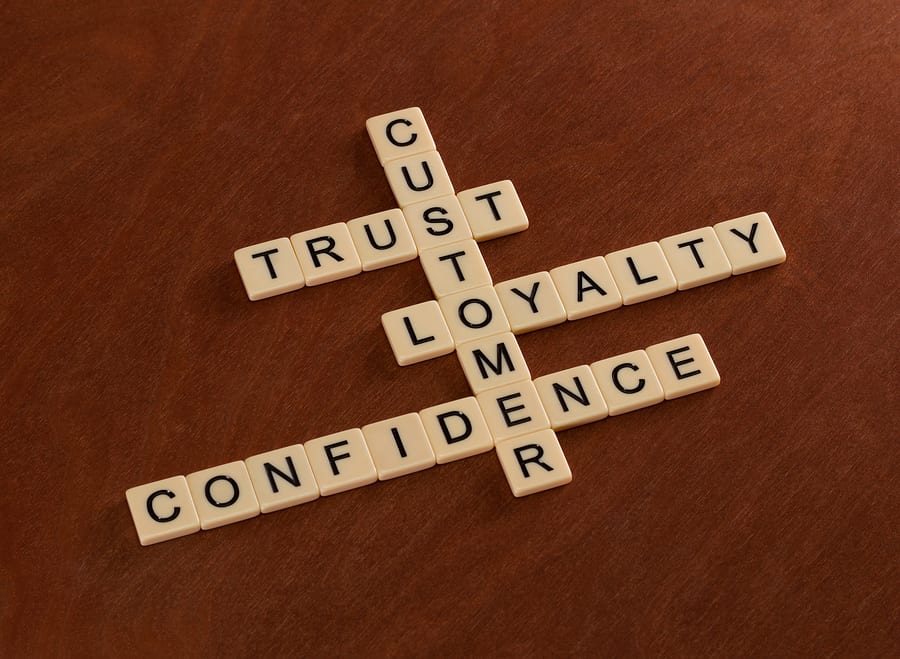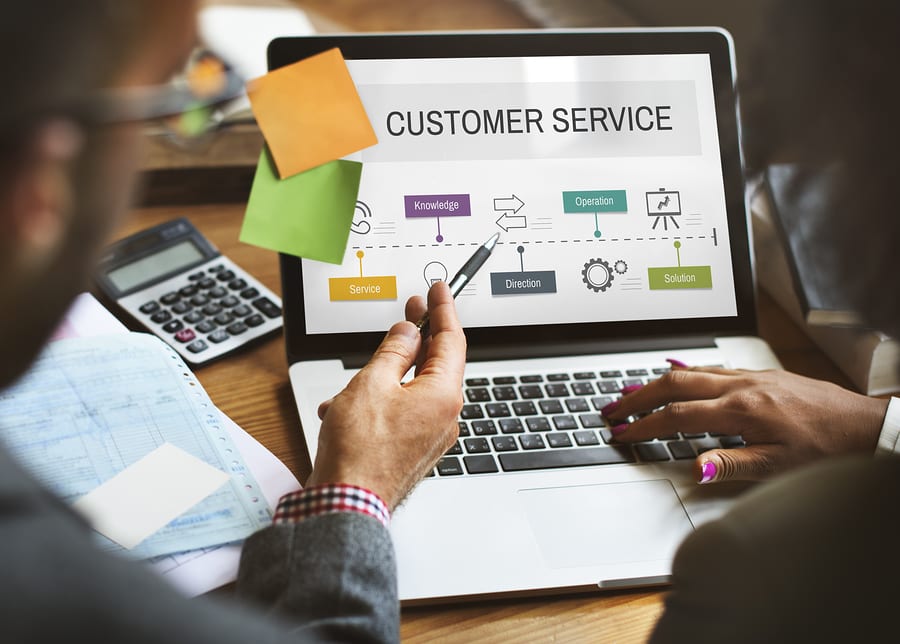Companies that anticipate and deliver what travellers want, when they want it, are more likely to command loyalty – and profits
Why is customer experience such a hot topic and buzz phrase in the travel industry (and others)?

Answer: because in the age of the experience economy the quality of customer interactions at each stage of the path to purchase builds customer loyalty and advocacy. Both are closely aligned to profits.
The reality is, big data and technology have enabled brands to understand us better – often better than we understand ourselves (I sometimes joke that Google knows me better than my partner does).
With embedded cookies tracking our clicks online, brands now have the opportunity to be very forensic and holistic in eliminating ‘friction points’ in the dreaming, researching, planning, booking, travelling and sharing process that we call the path to purchase.
Taking Steps to Improve Customer Experience

An increasing number of brands are now relentless in their desire to identify our emotive and practical needs and eliminate friction points as we search online with our credit cards at the ready.
Implicit in the customer experience is a silent plea: “Know me and what I want before I want it.” It seems that privacy intrusion is a trade off most customers are willing to accept for a more tailored experience.
But not all. Research by Amadeus shows that 64% of travellers in Asia Pacific are open to sharing their information, especially Indonesians (80%). However, 69% of Japanese are not.
In its research entitled “The Journey of Me” (very millennial), Amadeus found that the top sources of influence in the path to purchase were online booking travel sites, friends, family, work colleagues, and traveller reviews.
The research found that travellers had three emotive and practical needs while on the road: accessing maps and location info, sharing pictures with family and friends, and letting people know they were safe. That’s why Facebook, Google, What’s App, Twitter and the like command such loyalty – they meet our needs, whether at home or on the road.
Travellers also wanted the right recommendations through the right channels at the right time, be it by email, chat or social media.
If brands can surprise and delight customers, then loyalty is more likely. However, 14% of travellers in the research said that a travel service provider had never exceeded their expectations. Only hotels at 24% or booking sites at 23% were likely to delight, said Amadeus’ respondents.
Key Takeaways
The key takeaway from all this is: if organisations want loyalty they should look at their customer experience holistically and identify any friction points (such as payment confusion, lack of contact after booking, and so on) and aim to remove them.
According to Harvard Business Review, there is a clear statistical correlation between, on the one hand, taking a holistic approach to remove friction points, and, on the other, financial growth. Smoothing the path to purchase ensures more effective conversion of prospects to customers. It also creates greater customer retention (i.e. loyalty).
Evidence shows that customers on a frictionless path become advocates for the brand through social media and word of mouth.
So, take a deep breath. Look at your company’s customer experience. Be brutally honest about your findings and start making changes from there. Greater loyalty and higher profits should then be just a step away.




Leave a Reply